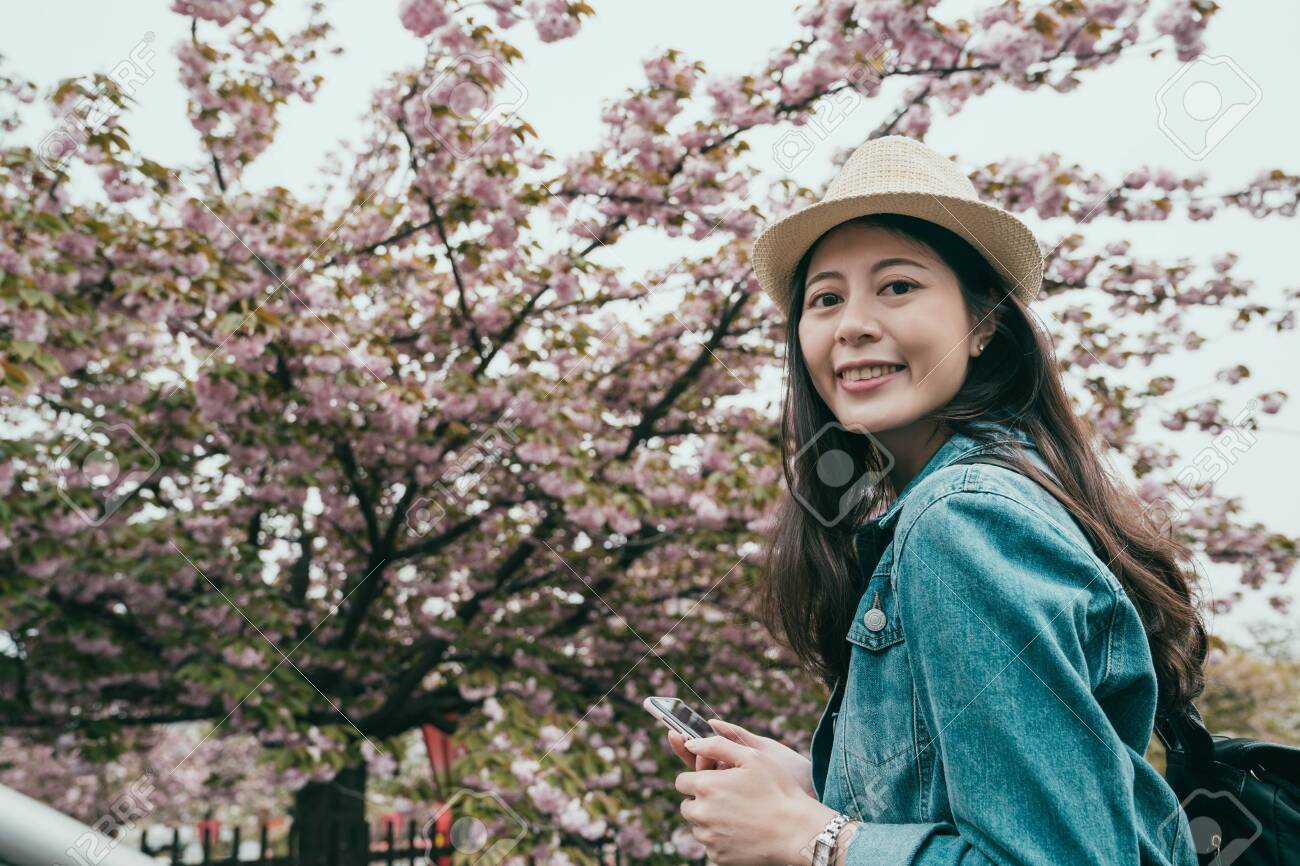Among Oriental cultures, kissing is a form of reflection that may or may not end up being culturally authorized. Some ethnicities frown following public reveals of emotions, while others do not even allow kissing in public areas.
Kissing is a form of expression which can be a way to communicate joy or show companionship and absolutely adore. It is also a signal of relationship and commitment. However , the cultural philosophy about getting vary from country to country and are usually not easily shared.
In some Parts of asia, kissing is a crucial part of sociable life. In Thailand, it truly is called ‘hawm-gaem’ and it is a symbol of ambiance, appreciation or gratitude. It really is done by reaching one’s nasal area against another person’s cheek, with their lip area enclosed snugly inwards. It is also considered a form of checkup, as it helps to identify whether a person’s family and friends will be clean or perhaps not.
Chinese way of life has its own exclusive kissing practices. People frequently cheek kiss when hand made each other, but they don’t usually use it to get a form of intimacy. In addition, they do not discuss who is the best kisser.
The handshake is another well-known way to greet someone in China. It is thought to be a kind of closeness and organization, but it does not suggest self confidence like the kiss.
Despite the fact that that meet filipino women is commonly used to greet other people, a Chinese hug should be placed secret during greetings. This is because the kiss can be believed to be an indication of closeness, and it is considered to be rude to reveal this.
In India, kissing is a frequent practice which has been around for hundreds of years. It can be noticed in sculptures and it is thought to currently have originated from the ancient custom made of’sharing’ breathing.
Smell/kiss colexification is mostly a cross- linguistically rare association of verbs of smelling and verbs that express conventionalised gestures of greetings and/or love (i. e., kissing). Even though this relationship is definitely not identified consistently in every languages, it is actually present all over the full mop of Southeast Asian individuals.

The centre of gravity for smell/kiss collexification is in the Mon-Khmer branch of Austroasiastic, the oldest retrievable language family of the Southeast Asian Mainland, but it erratically entered ‘languages’ of the Sino-Tibetan, Tai-Kadai and Hmong-Mien individuals as their speaker systems dispersed southwards into Southeast Asia. It is not apparent why this kind of association took place, but it could have been a result of the emergence of the in-situ cultural practice of smell-kissing from your Austroasiatic people, or the change to Landmass Asia of speakers of earlier Austronesian language individuals.
Seen smell/kiss collexification in the Malayo-Polynesian dialects of Insular Southeast Asia is also a relict feature, suggesting an old areal connection between these languages circumstance of the Landmass. The a shortage of this characteristic in dialects of the closest region advises a more complex historic scenario, which will requires additional investigation.